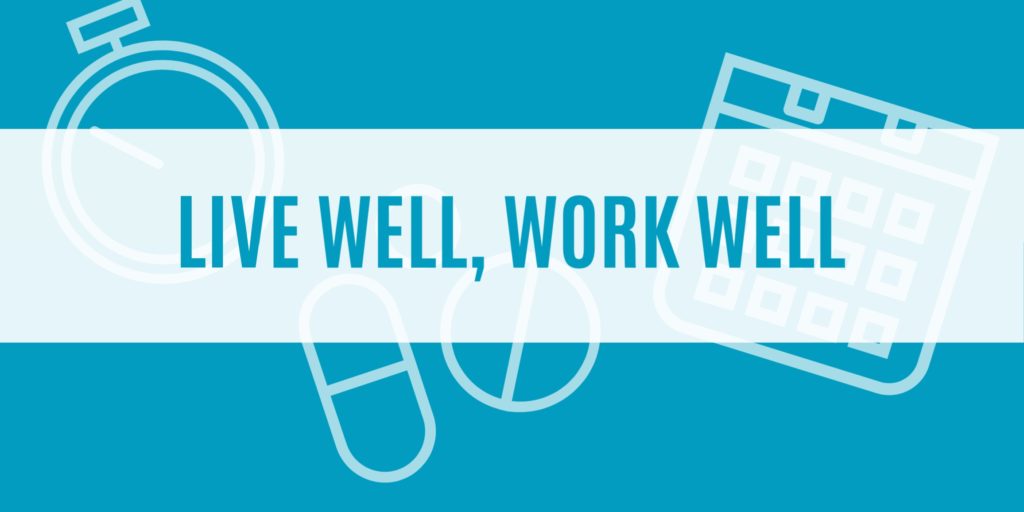 The COVID-19 pandemic changed the world within just a few months. As the crisis worsened, established processes were relaxed or abandoned in favor of maintaining operations. Among the most significant of these changes has been the increase in telework arrangements and the domino effect that it has caused.
The COVID-19 pandemic changed the world within just a few months. As the crisis worsened, established processes were relaxed or abandoned in favor of maintaining operations. Among the most significant of these changes has been the increase in telework arrangements and the domino effect that it has caused.
Telework, or working from home, has risen steadily over the past several years, but it exploded amid the COVID-19 pandemic. Take, for instance, a 2017 Gallup poll that found that 43% of Americans worked remotely at least some of the time. Now, nearly that same percentage (42%) is working remotely full-time, according to a recent Stanford study.
 The COVID-19 pandemic has undoubtedly changed many aspects of the modern workplace—and some of those changes may continue in perpetuity after the pandemic is over. One aspect that falls into this category is paid leave programs.
The COVID-19 pandemic has undoubtedly changed many aspects of the modern workplace—and some of those changes may continue in perpetuity after the pandemic is over. One aspect that falls into this category is paid leave programs. The need for social distancing has put a pause on normal socializing activities, like family get-togethers, restaurant outings and music concerts.
The need for social distancing has put a pause on normal socializing activities, like family get-togethers, restaurant outings and music concerts. In the wake of the COVID-19 pandemic, working parents are now being forced to contend with their children’s new school routines.
In the wake of the COVID-19 pandemic, working parents are now being forced to contend with their children’s new school routines. The COVID-19 pandemic changed the world within just a few months. As the crisis worsened, established processes were relaxed or abandoned in favor of maintaining operations. Among the most significant of these changes has been the increase in telework arrangements and the domino effect that it has caused.
The COVID-19 pandemic changed the world within just a few months. As the crisis worsened, established processes were relaxed or abandoned in favor of maintaining operations. Among the most significant of these changes has been the increase in telework arrangements and the domino effect that it has caused. Time theft in the workplace is a common and expensive problem across industries. And, if not addressed, it can cost employers time, money and customers.
Time theft in the workplace is a common and expensive problem across industries. And, if not addressed, it can cost employers time, money and customers.